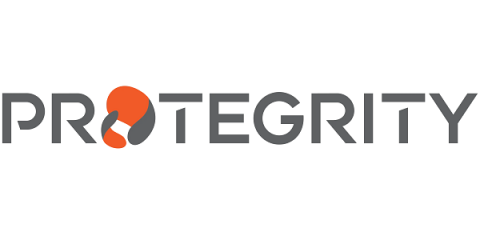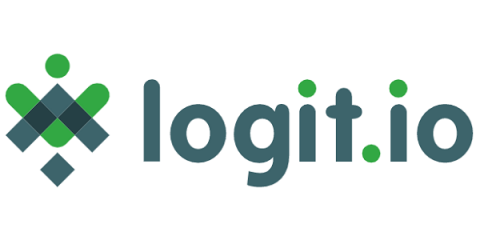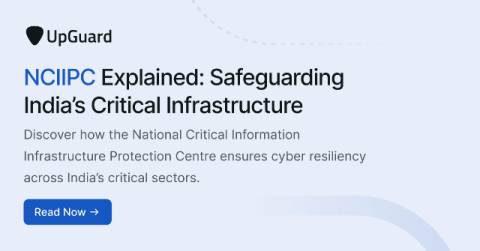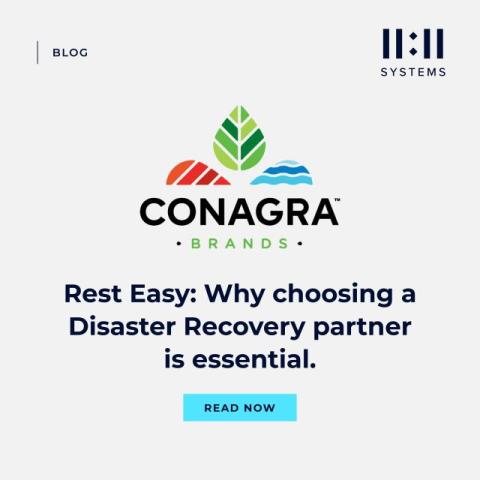DLP 101: 12 Best Data Loss Prevention Tools of 2024
Data loss prevention (DLP) is critical for enterprises to secure sensitive information and maintain compliance with leading standards like HIPAA, PCI-DSS, SOC 2, GDPR, and more. Here are just a few use cases for how DLP solutions are used: In short? Adopting an effective DLP strategy is vital for maintaining data integrity, compliance, and protection against evolving security threats.










